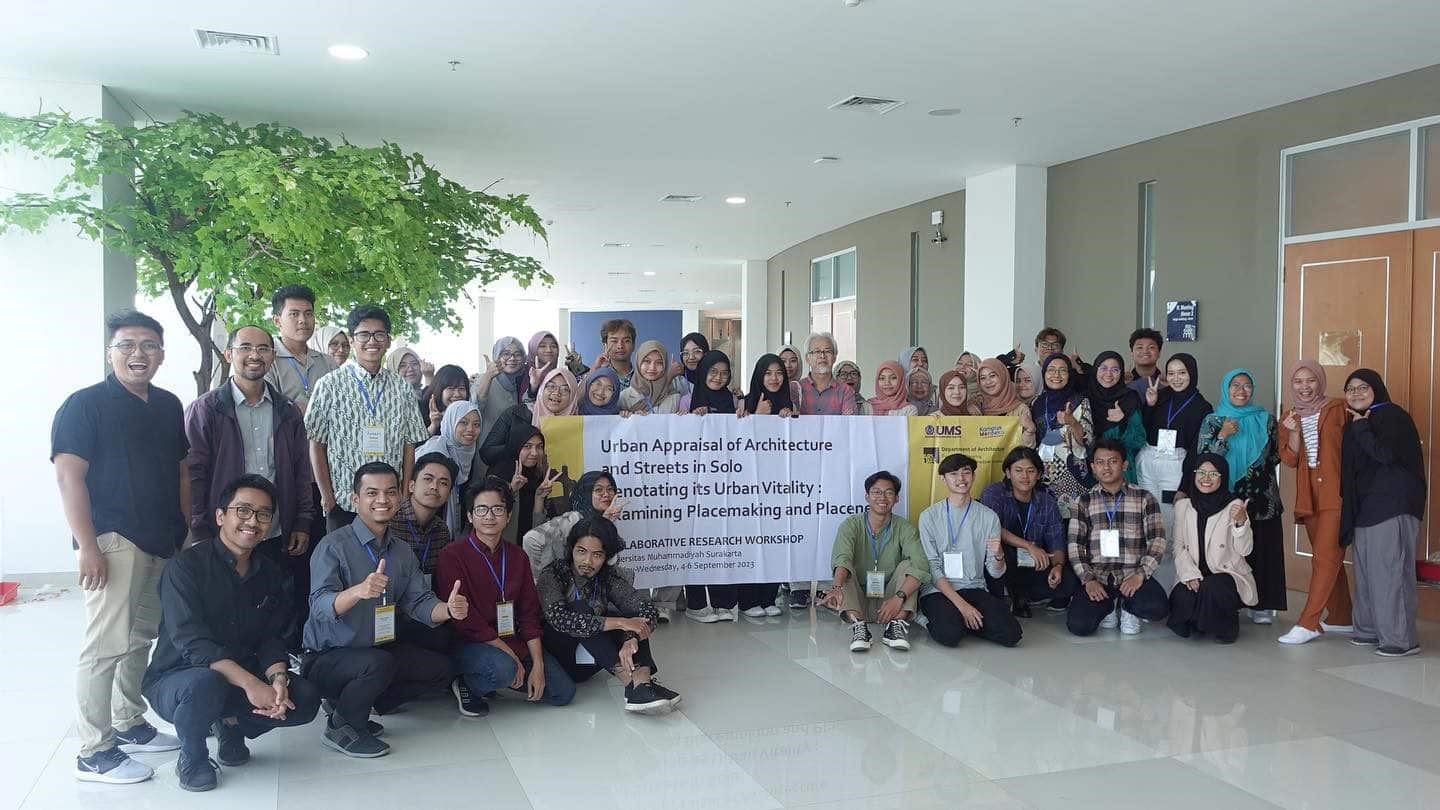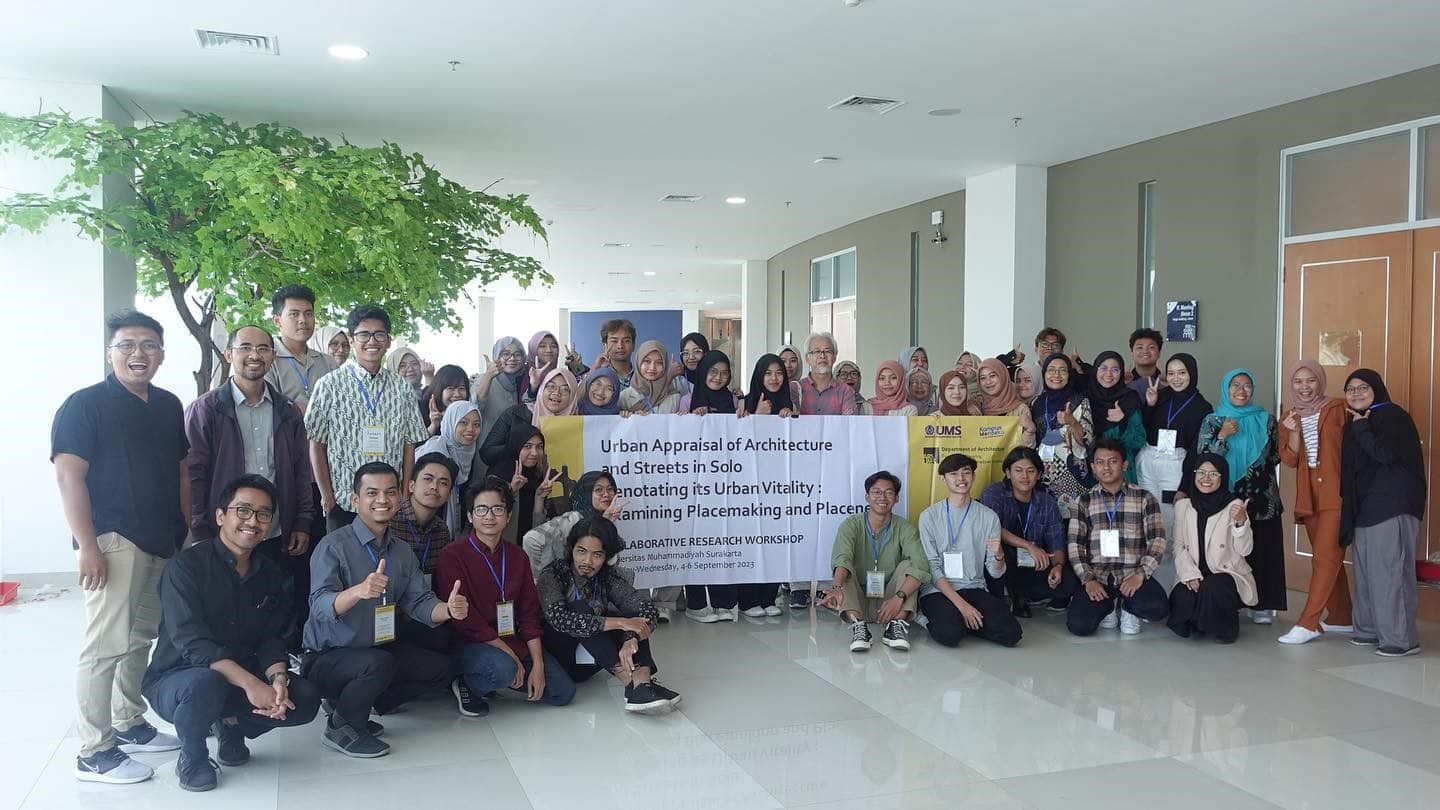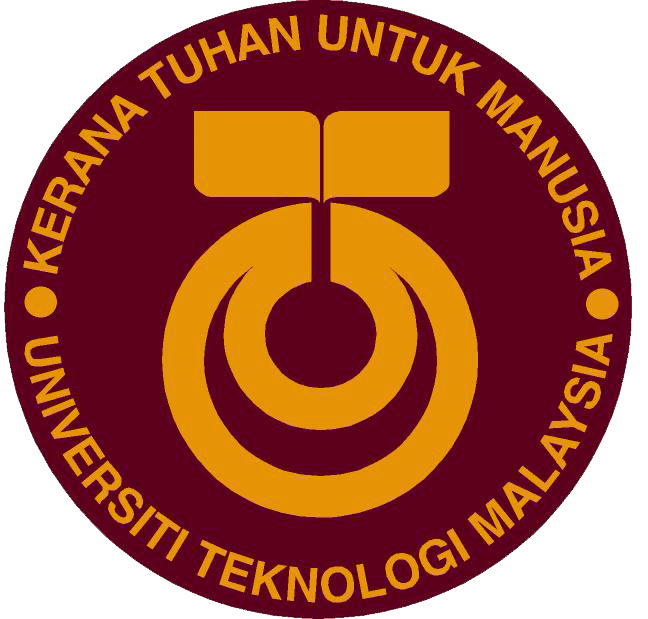Surakarta, Sept 4 – In an era where collaboration is the key to unlocking innovation, Surakarta witnessed a groundbreaking initiative that perfectly encapsulates this ethos. The Universiti Teknologi Malaysia (UTM) Landscape Architecture Department, in a visionary move, orchestrated a three-day workshop in partnership with the Department of Architecture of Universitas Muhammadiyah Surakarta. This wasn’t just a simple gathering; it was a confluence of minds from several esteemed institutions, including the Institut Teknologi Nasional Bandung (ITENAS), Universitas Pendidikan Indonesia (UPI), Universitas Muhammadiyah Jakarta (UMJ), and Universitas ‘Aisyiyah Yogyakarta (UNISA).
A robust team of fifteen distinguished docents from Indonesia universities and from UTM converged for this workshop. Under the guidance of Dr. Ismail Said, a professor who formerly served with distinction in the Department of Landscape Architecture at UTM and has since retired, and Dr. Janatun Naim Yusof, a senior lecturer from the same institution, the workshop’s primary objective was set forth with clarity. Assisted by Dr. Rohana Mohamad Firdaus, also from the Department of Landscape Architecture at UTM under the Flexible Academic Service Scheme, and Dr. Tika Ainunnisa Fitria from the Department of Architecture at UNISA, the aim was to craft four to five manuscripts of impeccable quality, targeting international high-impact journals. The synergy between the docents and the twenty-seven undergraduates was palpable. Their collective energy, fueled by a shared vision, was channeled into creating these manuscripts, with seasoned experts from various universities providing invaluable guidance.
The workshop’s inaugural day was a deep dive into the multifaceted world of research. Participants were divided into groups based on specific themes: placeness or placelessness, facade colour of building, social interaction and spatial pattern, typology of architecture of commercial buildings, morphology and architecture style, and language and gesture denoting social cohesion. This structured approach ensured a comprehensive exploration of the essence of places, the architectural intricacies of urban landscapes, and the delicate interplay of social cohesion within bustling city spaces. This day wasn’t just about theoretical discussions; it was an immersive experience. Participants grappled with the core of research, dissecting literature to identify gaps, and laying the foundation for their forthcoming manuscripts.
The second day marked a shift form theory to practice. Participants, armed with a sense of purpose, ventured into Surakarta’s vibrant heart. They scoured key city landmarks, including Jendral Urip Sumoharja, Bunderan Pasar Gede, Pasar Klewer, Singosaren, and Ngarsopuro. Their mission ? To gather data that would breathe life into their research. With tools ranging from sketches to advanced photography, these researchers, representing eight diverse universities, embarked on a meticulous journey to capture Surakarta’s essence. Their dedication shone through as they later delved into rigorous data analysis, identifying patterns, anomalies, and insights.
As dawn broke on the third day, the focus shifted to the art of manuscript construction. Participants were introduced to the nuances of crafting a compelling narrative. They learned the importance of selecting quality references, ensuring that every citation added depth and relevance to their work. The day was also about refining their data presentation skills, ensuring that their findings were articulated with clarity and conviction. As the workshop drew to a close, a reflective sharing session provided a platform for participants to share their perspectives, insights, and aspirations.
In conclusion, this workshop wasn’t just academic exercise; it was a testament to the transformative power of collaboration. It showcased how diverse minds, when united by a shared vision, can create magic. As Surakarta looks to the future, this initiative has set a precedent, highlighting the immense potential of collaborative endeavors. It’s a clarion call for more such joint ventures, not just within the Department of Landscape Architecture of UTM but across the broader Universitas of Muhammadiyah community in Indonesia.

By Janatun Naim Yusof, Faculty of Built Environment and Surveying UTM



